
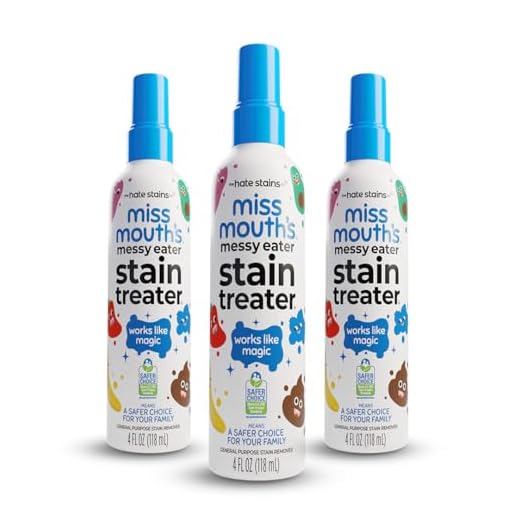



As the seasons change and winter approaches, many people find themselves reaching for their warm and cozy sweaters. However, the colder months also bring with them the pesky problem of salt stains on clothes. When roads and sidewalks are treated with salt to melt ice, it inevitably ends up on our shoes and clothing, leaving behind unsightly white marks.
But what exactly does salt do to our clothes? Is it really as damaging as it seems? The truth is, while salt can cause some damage, it’s not as severe as you might think. Salt stains can be annoying, but they are generally easy to remove with the right care and techniques.
Salt can affect different fabrics in different ways. Natural fibers like wool, for example, can be more susceptible to damage from salt. When salt comes into contact with wool, it can cause the fibers to become brittle and weakened, leading to fraying and pilling. Synthetic materials like polyester and nylon, on the other hand, are generally more resistant to salt damage.
One important thing to note is that the longer salt stains are left untreated, the more difficult they can be to remove. It’s important to take action as soon as possible to prevent any potential damage. Luckily, there are a few tried-and-true methods for removing salt stains from clothes. You can try rinsing the affected area with cold water, using a mixture of vinegar and water, or using a specialized stain remover.
In conclusion, while salt can cause some damage to clothes, it’s not as disastrous as it may initially seem. With proper care and prompt action, salt stains can easily be removed, allowing you to enjoy your winter wardrobe without worry.
Understanding the Impact of Salt on Clothes
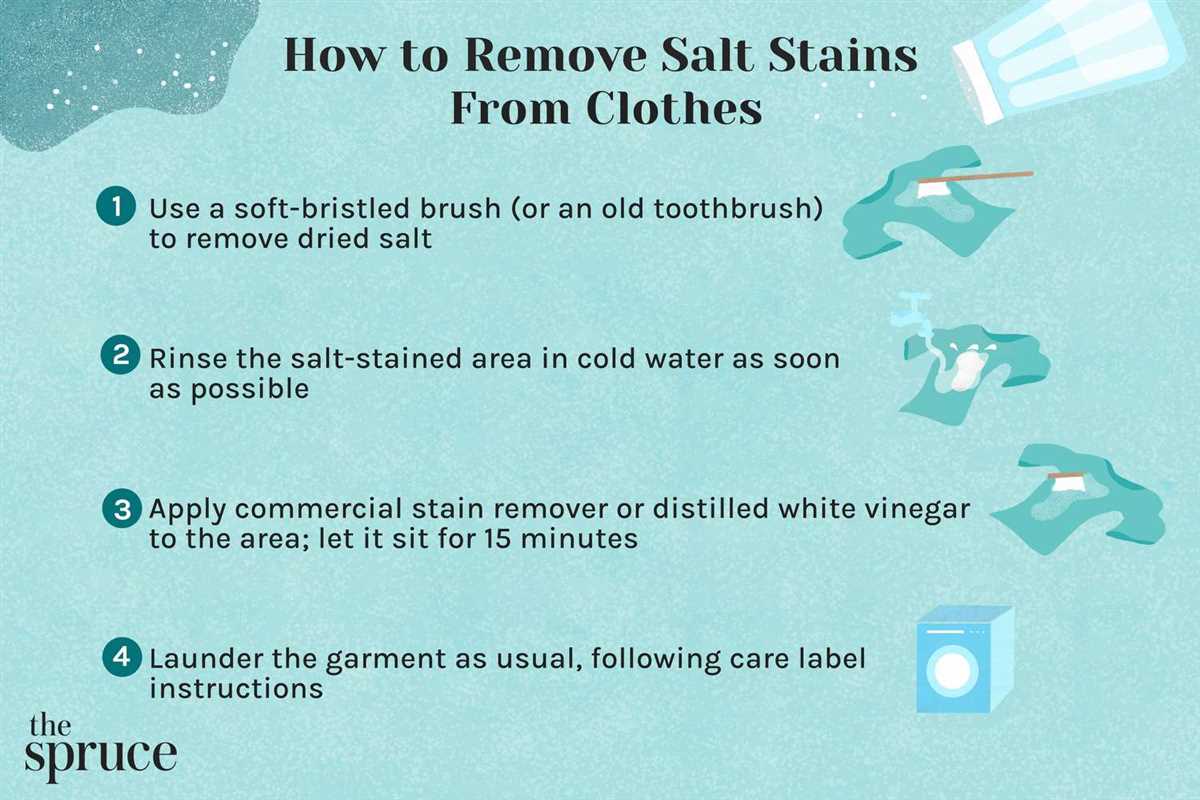
Salt is a common household item that is used for various purposes, such as cooking, cleaning, and even as a remedy for certain ailments. However, when it comes to its impact on clothes, there are some important things to consider.
Effects of Salt on Clothes
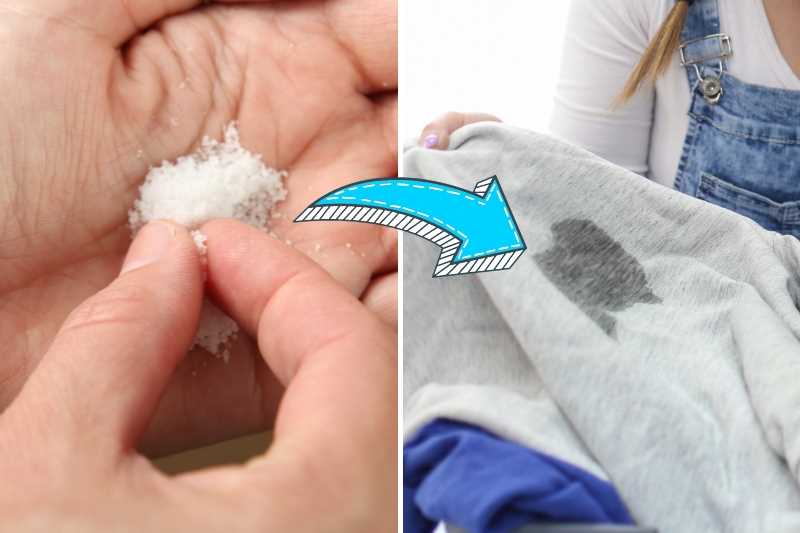
1. Discoloration: If salt comes into direct contact with clothes, it can cause discoloration. This is especially true for colored garments, as the salt can strip away the dyes, leaving behind faded patches or white streaks.
2. Stains: Salt stains are another common issue when it comes to clothes. When salt dissolves in water, it leaves behind mineral deposits that can create unsightly stains on fabrics. These stains are often difficult to remove and may require special treatment.
3. Damage to Fabric: Salt can also damage certain types of fabrics, particularly delicate ones. High concentrations of salt can weaken the fibers and cause them to become brittle or break, ultimately reducing the lifespan of the garment.
Preventive Measures
1. Rinse Clothing: If your clothes come into contact with salt, it is important to rinse them as soon as possible. This will help remove any salt residue before it has a chance to cause damage.
2. Follow Care Instructions: Always check the care instructions on your clothing labels and follow them accordingly. This will ensure that you are using the appropriate cleaning methods and products to maintain the integrity of the fabric.
3. Use a Salt Substitute: If you are concerned about the impact of salt on your clothes, you can consider using a salt substitute, such as potassium chloride or low-sodium alternatives. These substitutes have a similar taste but are less likely to cause damage to your garments.
Conclusion
While salt has numerous household uses, it can have a detrimental impact on clothes. By understanding the effects of salt on fabrics and taking preventive measures, you can ensure that your clothes stay in good condition for longer.
Effects of Salt on Different Types of Fabrics
When it comes to the impact of salt on clothes, different types of fabrics can react differently. Let’s take a closer look at how salt affects various fabrics:
Cotton

- Salt can cause cotton fabrics to fade, especially when exposed to saltwater.
- If saltwater-soaked cotton is left to dry without rinsing, it can leave behind salt crystals, resulting in a stiff and uncomfortable texture.
- Washing cotton garments in salty water repeatedly can weaken the fibers over time, leading to fabric degradation and reduced lifespan.
Wool
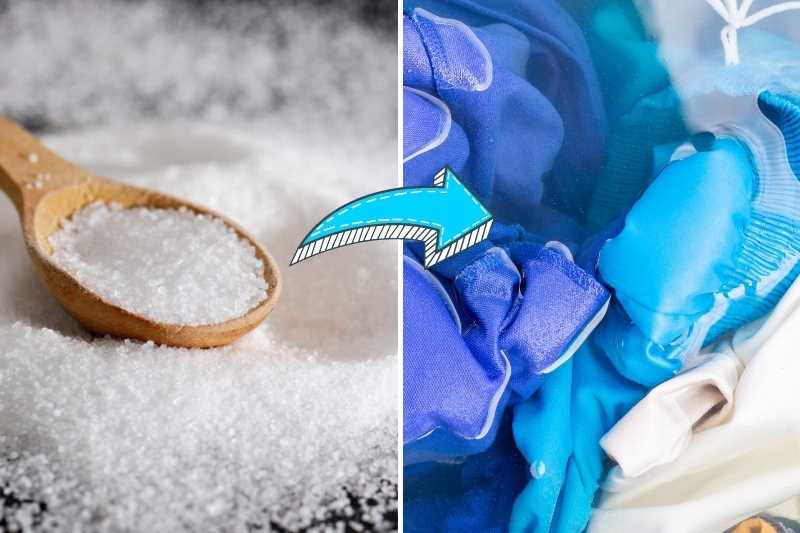
- Wool is generally more resistant to salt damage compared to other fabrics.
- Saltwater can cause wool to feel stiff and coarse, but this effect is temporary and can be reversed with proper care.
- It is recommended to rinse wool garments thoroughly after exposure to salty conditions to prevent any long-term damage.
Silk
- Saltwater can cause silk fabrics to lose their luster and become dull.
- When silk garments are exposed to salty conditions, it is essential to rinse them promptly to minimize any potential damage.
Synthetic Fabrics (Polyester, Nylon, etc.)
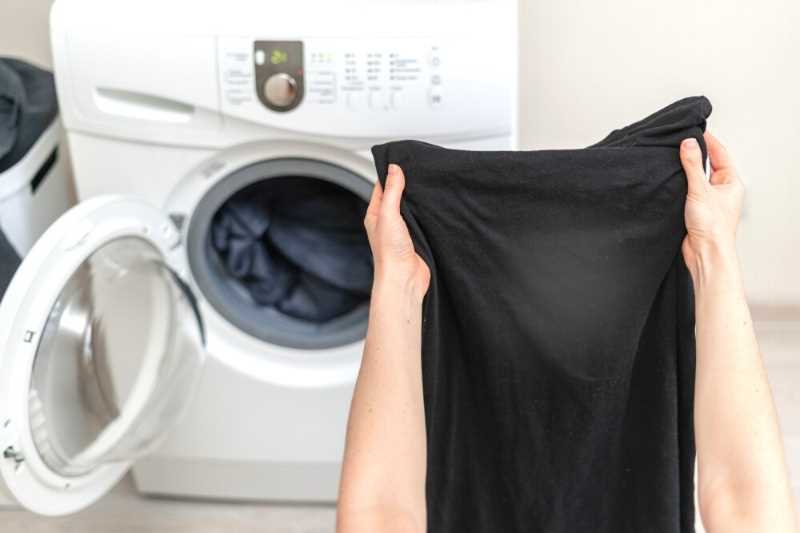
- Most synthetic fabrics are generally resistant to salt damage.
- However, prolonged exposure to saltwater can cause these fabrics to lose their shape and elasticity.
- It is advisable to rinse synthetic garments thoroughly after coming into contact with saltwater.
In conclusion, salt can have varying effects on different types of fabrics. While some fabrics may be more prone to damage, proper rinsing and care can help mitigate any potential harm caused by salt. It is always advisable to follow the care instructions provided by the fabric manufacturer to maintain the quality and longevity of your clothes.
Tips for Preventing Salt Damage
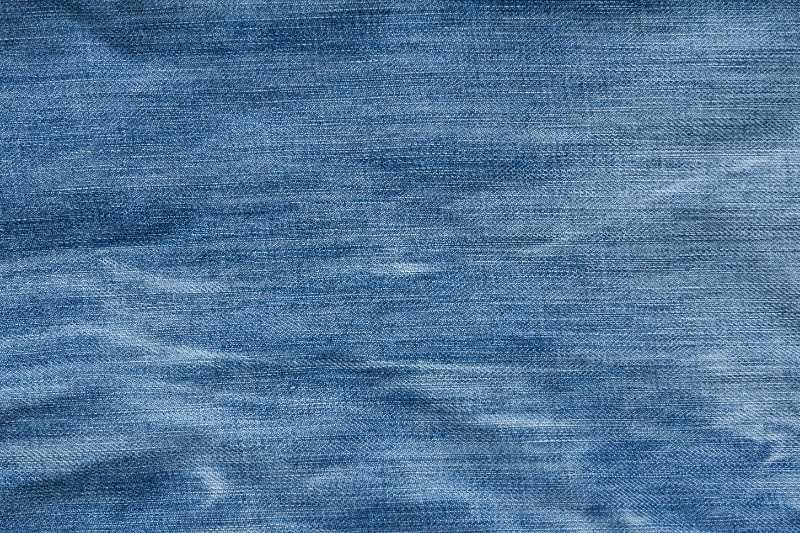
Salt can cause significant damage to your clothes if not properly managed. Here are some tips to help prevent salt damage:
- Remove salt promptly: As soon as you notice salt stains on your clothes, it’s important to remove them promptly. Waiting too long can result in the salt penetrating the fabric and causing more damage.
- Blot, don’t rub: When removing salt stains, avoid rubbing the affected area. Instead, gently blot the stain with a clean cloth or paper towel. Rubbing can spread the salt and make the stain worse.
- Rinse with cold water: After blotting the salt stain, rinse the area with cold water. Hot water can set the stain and make it more difficult to remove.
- Use vinegar: If the salt stain persists, mix equal parts of water and white vinegar, and gently dab the solution onto the stain. Allow it to sit for a few minutes before rinsing with cold water.
- Wash with appropriate detergents: When laundering your clothes, use a detergent specifically designed to remove salt stains. Follow the instructions on the detergent label for best results.
- Pay attention to care labels: Different fabrics require different care. Always read and follow the care labels on your clothes to prevent further damage.
- Limit salt exposure: Try to minimize your clothes’ exposure to salt. Avoid wearing delicate fabrics near saltwater, and consider protective measures like wearing a waterproof jacket or using an umbrella.
- Protect your shoes: Salt can also damage your shoes. Apply a waterproof spray or wax to protect them from salt stains. Scrub off any salt residue promptly after exposure.
By following these tips, you can help prevent salt damage to your clothes and keep them looking their best for longer.
How to Remove Salt Stains from Clothes

If you’ve accidentally spilled salt on your clothes and left it there for some time, you may find stubborn salt stains on the fabric. Not only can these stains be unsightly, but they can also cause damage to your clothes over time. Fortunately, there are effective methods to remove salt stains and restore the appearance of your clothing.
Method 1: Vinegar Solution
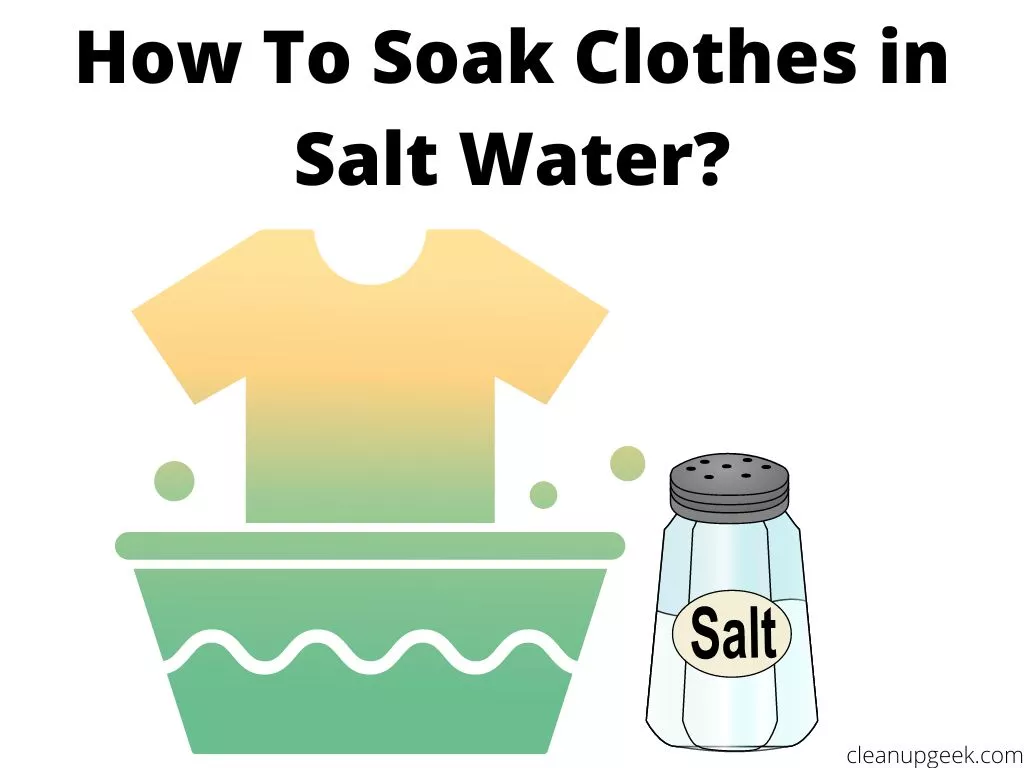
Step 1: Mix equal parts of white vinegar and warm water in a bowl.
Step 2: Dip a clean cloth or sponge into the vinegar solution.
Step 3: Gently blot the salt-stained area with the damp cloth or sponge. Avoid rubbing the stain, as this can spread it.
Step 4: Allow the vinegar solution to sit on the stain for a few minutes.
Step 5: Rinse the stained area with water and pat dry with a clean towel.
Method 2: Baking Soda Paste
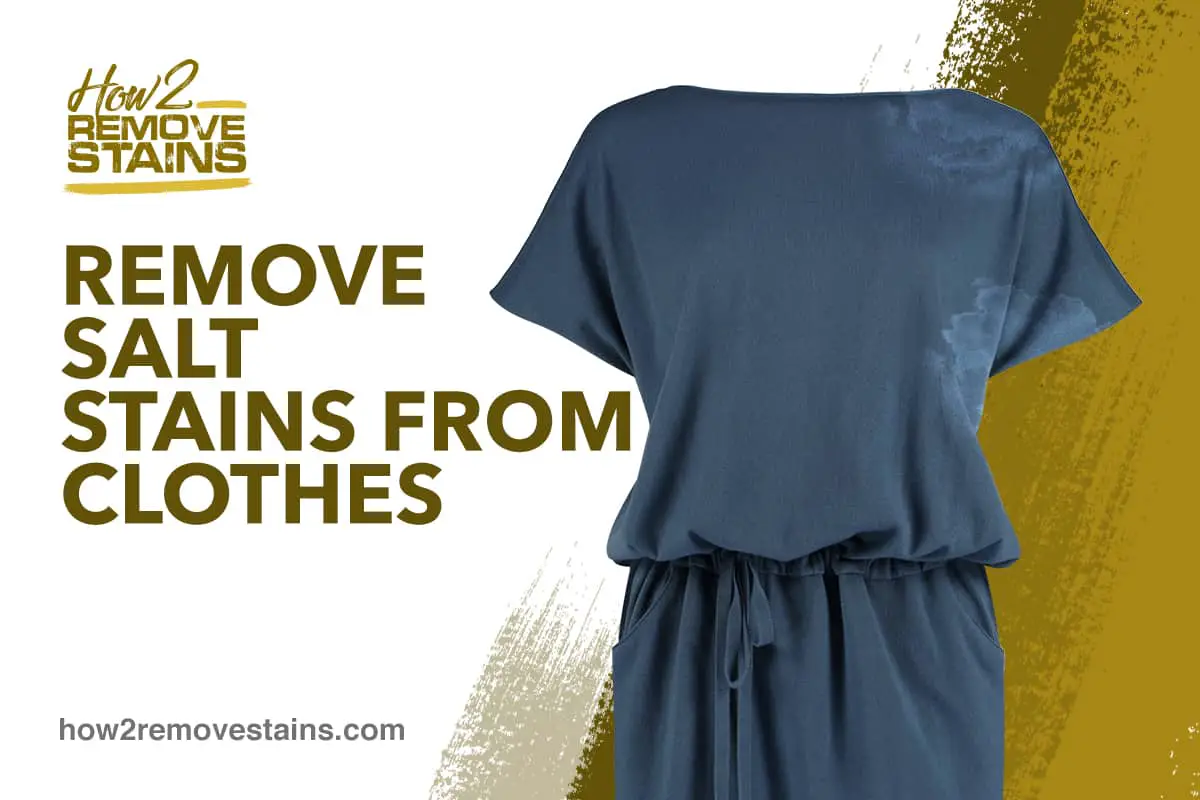
Step 1: In a small bowl, mix baking soda with enough water to form a paste.
Step 2: Apply the paste directly to the salt stain, covering it completely.
Step 3: Leave the paste on the stain for about 30 minutes.
Step 4: Rinse the stained area with water and gently rub the fabric to remove the paste.
Step 5: Launder the garment as usual.
Method 3: Salt and Lemon Juice
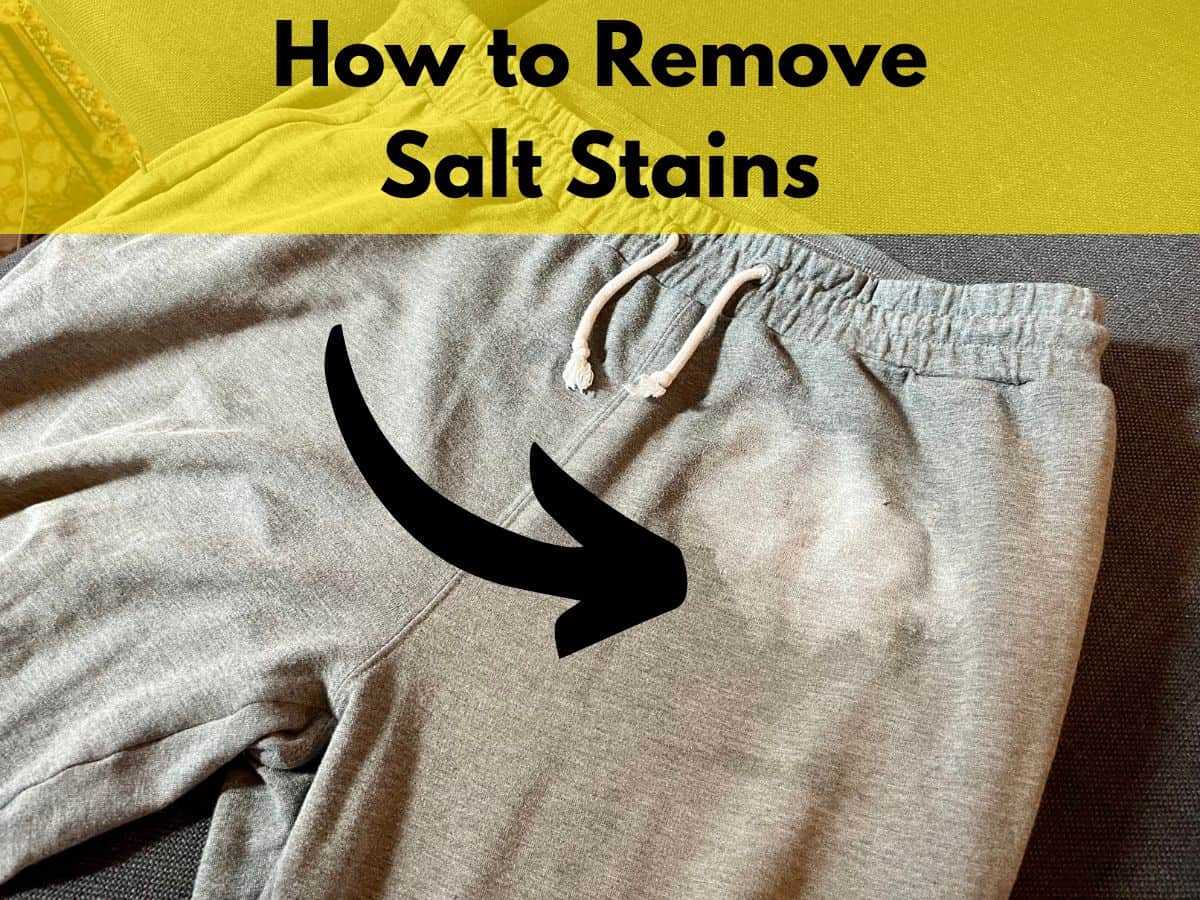
Step 1: Combine equal parts of salt and lemon juice to form a paste.
Step 2: Apply the paste to the salt stain, making sure to cover it completely.
Step 3: Allow the paste to sit on the stain for about 15 minutes.
Step 4: Rinse the stained area with water and launder the garment as usual.
Remember, it’s important to treat salt stains as soon as possible to prevent any potential damage to your clothes. Always check the care instructions on the garment before applying any cleaning methods. If in doubt, it’s best to seek professional help or bring the item to a dry cleaner.
FAQ
Does salt damage clothes?
No, salt does not damage clothes. In fact, it can be used to help remove stains and brighten colors.
Will salt cause fading of colors in clothes?
No, salt will not cause fading of colors in clothes. It is actually recommended to add salt to the wash when washing colored clothes to help set the colors and prevent fading.
Can salt leave residue on clothes?
No, salt does not typically leave residue on clothes. However, if you use excessive amounts of salt or do not dissolve it properly in water before washing, it could potentially leave a residue. It is important to follow the recommended measurements and dissolve the salt completely.
Is it safe to use salt on delicate fabrics?
It is generally safe to use salt on delicate fabrics. Salt can actually help to soften the water, which can be beneficial for delicate fabrics. However, it is always recommended to check the care instructions on the garment and do a patch test before using salt on delicate fabrics.
How can salt be used to remove stains?
Salt can be used to remove stains by creating a paste with salt and water and applying it to the stained area. Leave the paste on for a few minutes, then gently scrub and rinse. Salt helps to absorb the stain and lift it from the fabric. It works well on stains like red wine, coffee, and blood.












